 Lending a hand in Hawaii
Lending a hand in Hawaii
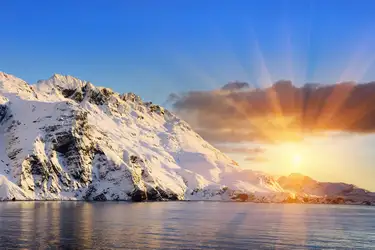
Explore Antarctica with a Burgess yacht charter
Published 24 avril 2024
If taking a trip to Antarctica is on your wish list, then talk to Burgess Charter and start planning. Together with our in-house exploration specialists, we will combine cultural encounters and scientific expeditions to make this the trip of your lifetime.
Itinerary
Planning an itinerary for an Antarctica expedition focuses on visiting the incredible sights en route. Cruising through the stunning icescape of the Lemaire Channel, navigating iceberg alley or taking the requisite polar plunge are all must-do activities. As are ice climbing volcanoes and diving in a submersible.
Selecting a yacht with the appropriate equipment and capability is just as important as planning the route itself. No trip is complete without sailing The Gullet — a narrow yet impressive 11 nautical miles of unadulterated natural beauty — or stopping off at Port Lockroy, once a whaling station before being taken over as a British military base.
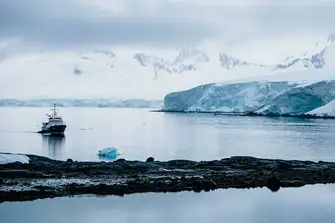
Wildlife and landscapes
There are no trees or land-based animals in Antarctica, however, the waters are thriving with marine life. Whale Spotting is a daily pursuit, whether that’s pods of orcas up close or humpbacks breaching in the distance. The Antarctic blue whale is the largest animal on the planet, weighing up to 200 tons and reaching around 30m in length.
Gentoo penguins build their nests out of rocks and pebbles, lined with feathers and moss, leopard seals bask on ice floes, while crabeater seals can be spotted resting on pack ice as far south as the Bay of Whales during late summer ice break-up.
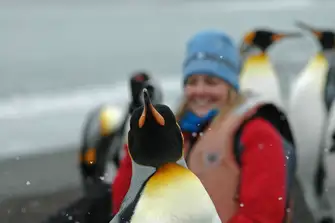
Best months to go whale spotting
Whales can be found throughout the Antarctica cruise season from October to April, however February and March are the best months to see whales in Antarctica when these apex predators are at their peak and most curious due to seasonal feeding patterns. Blue, southern right, sperm and minke can all be spotted. Baleen whales migrate to Antarctica to feed, while orcas stay year-round.
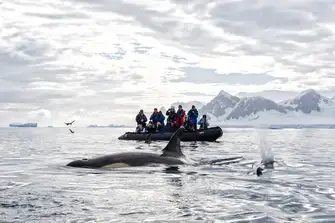
Watching from the yacht gives a better viewing angle, but small guided Zodiacs bring guests closer to the action. Whales can be found all around Antarctica, starting with the Drake Passage crossing, though one of the best places to see whales is Wilhelmina Bay – known as 'Whale-mina Bay' — due to the availability of krill in the area.
Photographic exploration of unmissable Polar landscapes
On Earth’s southernmost, driest, coldest and windiest continent, the Polar landscapes are extreme in beauty. Crystal Sound, named after the number of scientists using the area to research ice crystals, forms part of the Antarctic Peninsula, and is guaranteed to step the drama up a notch.
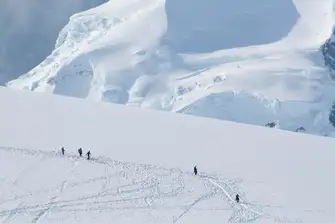
It remains one of the most accessible parts of Antarctica to visit by boat when approaching from Patagonia, and lays claim to snow-covered mountains, floating icebergs and crystal-clear water for spectacular photographic opportunities. During summer in Antarctica, the sky is never dark, which is why photographers use a polarizing filter to help reduce glare and saturate colours.
Science behind Antarctica
The study of ancient Antarctic ice has played a critical role in helping researchers understand how and why Earth’s climate continues to change. Antarctica has become a barometer of climate change, and studies into climate change, ozone depletion and rising sea levels are crucial.
The Vernadsky Research Base, a Ukrainian Antarctic research station at Marina Point on Galindez Island, is where scientists first discovered the hole in the ozone layer. Today, scientists measure and record seismic shocks, the thickness of the ozone layer and meteorological parameters.
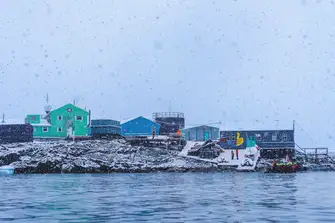
East Base Research Station
East Base on Stonington Island is the oldest American research station in Antarctica. It was commissioned by Franklin D. Roosevelt in 1939, and in 2004 was made an Antarctic Historic Site. Guests can explore the remaining buildings, including a small museum documenting the site’s history. No research is carried out here today, but it serves as a popular stop off on a yachting itinerary.
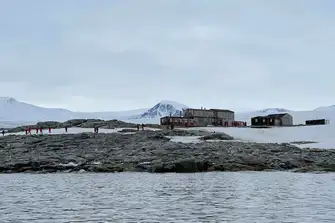
Crary Lab Research Station
The Crary Science and Engineering Center, also known as the Crary Lab, is named after geophysicist and glaciologist, Albert P. Crary – the first person to have set foot on both the North and South Poles. Located on Ross Island — a volcanic formation in the western Ross Sea — it comprises five working pods including a biology pod, atmospheric sciences pods and an aquarium. Still in operation today, it supports special activities, including environmental monitoring, snow and ice mechanics and meteorology.
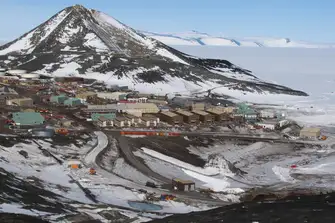
Take the time to explore the Falkland Islands
The Falkland Islands are a yachting destination prized for their wildlife sanctuaries and pristine waters. Located in the far southwest of the archipelago, the island’s stunning scenery is matched by an epic range of wildlife, from sea lions to black-browed albatross, and the world’s largest colony of thin-billed prions. Diving and fishing are permitted with prior arrangement.
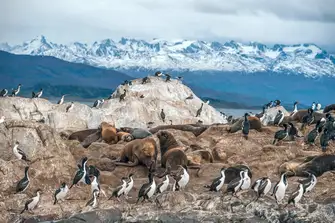
Speak to us today and discover available yachts for Antarctic charter.
To find out more about Burgess’ yachts for sale and yachts for charter, please contact a Burgess broker. Alternatively, get in touch with one of our offices directly: London, Monaco, New York, Miami, Singapore or all other locations.
 Smooth sailing: RIBELLE sold
Smooth sailing: RIBELLE sold
 Welcoming MAESTRO to our charter fleet
Welcoming MAESTRO to our charter fleet
 Thailand International Boat Show
Thailand International Boat Show